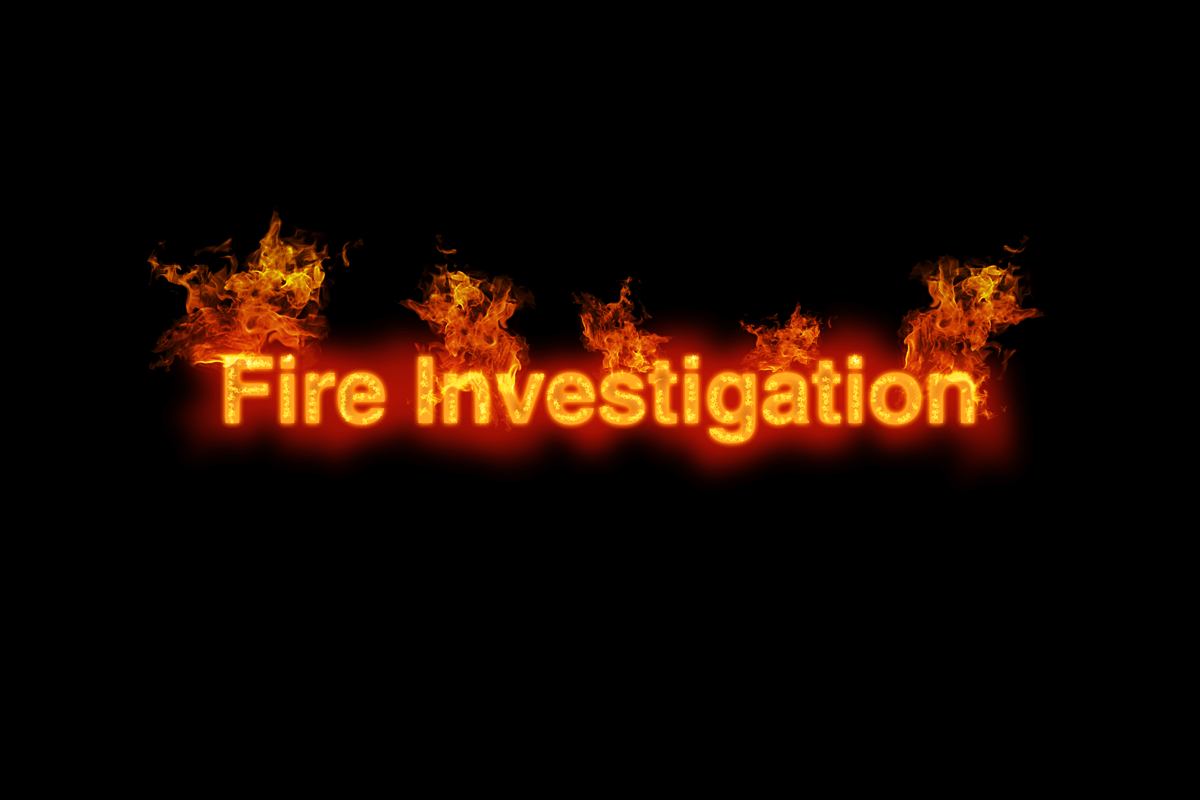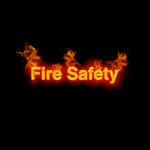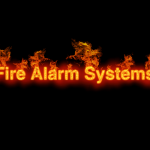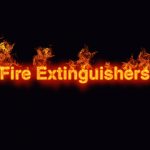We are an experienced team of fire investigators with years of experience handling accidental and malicious fires. We provide advisory services for the thorough examination of fire scenes and also expert testing of samples for additional analysis. Contact us today and get a free quote to learn more about our services and how we can help you and your business.
Our objective is to use only scientific methodology that is legally recognised to provide reports of all data after we have accurately analysed everything for our clients, without bias. With our legal, scientific and professional methodology, we will be able to correctly inform our client about:
- The origin of the fire
- How it began
- The ignition source
- The first material that was ignited
- The cause (the exact mechanisms that was responsible for bringing the components together)
By making sure that our clients are informed of all aspects of the fire, or a non-terrorist commercial explosion, our clients will have the necessary information to take subsequent action.
Contents
What Is Included in a Fire Investigation?
Fire investigations are necessary for a number of reasons. After a fire has been extinguished, the officer who is in charge begins the initiation process of a fire investigation so the cause of the fire can be ascertained. There are some instances when a specialist fire safety officer will take over the fire investigation if more expertise and time is necessary.
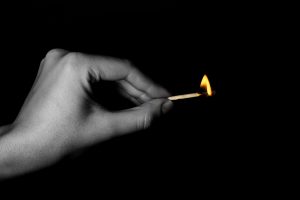 It is also common for the occupiers and/or owners may want an additional fire investigation conducted. The reasons for this type of investigation helps to ensure that the same problem does not occur again.
It is also common for the occupiers and/or owners may want an additional fire investigation conducted. The reasons for this type of investigation helps to ensure that the same problem does not occur again.
Fire investigations are also conducted if there is a suspicion of the incident being a malicious fire or arson. These types of investigations are helpful because they help police with information that can be used to apprehend the criminal.
There are several aspects or stages of a fire investigation that are required in order to complete accurate, objective and detailed data.
Interviewing Eye Witnesses
It is important to have a basic understanding of which interviewing techniques are necessary when fact-finding interviews of eye witnesses are being conducted. The first officer who arrives at the scene should be interviewed because the officer will be able to provide information that will be useful later.
It is likely that the officer has conducted his/her own initial investigation and can provide relevant information that fire investigators can use.
Locating the Origin of the Fire
It is also essential to find out where the fire started. This is also referred to as the seat of the fire. This location may or not be the area that has the most severe fire damage.
For example, a small fire can begin on the lower level of a building and then spread vertically up the building to the roof. If the lower level has a low fire loading and the roof has a high fire loading, then the most severe damage will be in the roof space.
In order to find out the origin or seat of a fire, an investigator has to understand how fire behaves in an uncontrolled situation. Fire investigators also learn how specific materials behave in a fire also.
Structural damage can also be used to determine the seat of a fire. In some cases, buildings may collapse in a manner where the area that was initially weakened by the fire is determined to be clear. This suggests that this is the located where the first damage occurred, and therefore, it is the seat of the fire.
In addition, ceiling structures and windows also have a higher risk of failing in areas that are near the seat of the fire. However, it is important to keep in mind that these types of findings do not always accurately reveal the seat of the fire. Building collapse and damage can also be caused by other factors besides the fire.
Excavating Fire’s Origin
After the seat of the fire has been determined, any anomalies that may be around as well as the ignition source will also need to be located. This stage of the investigation is similar to an archaeologist’s dig. Some of the tools that an archaeologist uses can also be utilised by fire investigators.
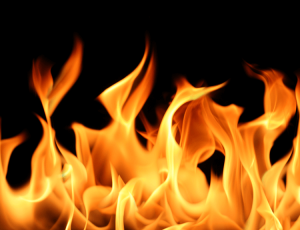 When excavating the seat of the fire, investigators are looking for ignition sources. Some of these sources could be:
When excavating the seat of the fire, investigators are looking for ignition sources. Some of these sources could be:
- Gas appliances
- Electrical appliances
- Gas pipes
- Electrical wiring
- Electrical sockets
Investigators also excavate the seat to see if the fire developed on its own (naturally) or not. For example, if a fire started on the floor, travelled up curtains and eventually burnt the plaster on the ceiling, that would be considered a naturally occurring fire. Anything other than natural will need to be explained.
Evidence Evaluation
If during any of the investigative phases it appears the fire was maliciously set, the Police and other necessary authorities should be called in. The Police are the main responsible authority, but this does not negate the importance of fire investigation services. Fire investigators are often called to be expert witnesses for the authorities.
The main purpose of a fire investigation, when it is accidental, is to provide data and statistics. The process is the same for malicious fire investigation, except collection methods for accidental fires are not as strict.
Review
Investigators will have to review the conclusions and evidence that have been formed and collected. These findings should be discussed with other reputable and experienced fire investigators who may notice some findings that the primary investigators overlooked.
Report
Fire investigators have to complete a FDR1 (fire report). These reports are used to compile national fire data and statistics.
Fires that required the specialists officers to intervene have their reports attached to the FDR1. The final report should be concise, clear and accurate without being vague or ambiguous.
The reader should be able to complete understand the findings, and the investigator may have to defend their report during an inquiry.
What Is a Fire Investigation?
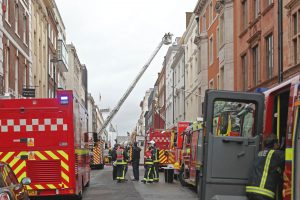 Fire investigations include the examination of any incidents that are related to a fire after the fire has been extinguished. These types of investigations are very similar to the types of investigations that occur at crime scenes.
Fire investigations include the examination of any incidents that are related to a fire after the fire has been extinguished. These types of investigations are very similar to the types of investigations that occur at crime scenes.
Evidence has to be meticulously collected and preserved so it can be analysed. However, there are additional dangers and difficulties that can take place during a fire investigation.
Fire investigations also include surveying the fire damaged scene in order to establish the fire’s origin as well as the cause of the fire. To do their job effectively, fire investigators must have detailed knowledge of the behaviour of fire, its effects and also chemistry.
What Is Forensic Fire Investigation?
Forensic fire investigation includes the seat, cause and development of explosions and fires. It also includes the testing of materials and full or partial scale reconstructions. Forensic fire investigators are often expert witnesses in inquiries and court trials.
What Is The UK-AFI (United Kingdom Association of Fire Investigators)?
The UK-AFI is a professional organisation for Fire Investigators in the UK. It was also referred to as the IAAI-UK at one time. The association was founded on 31 January 2003 with its first meeting being held at the City Hall, London.
Currently, there are over 300 members and all of the members represent several establishments such as:
- Fire service
- Insurance industry
- Law enforcement
- Private fire investigators
- Fire investigation training providers
- Forensic scientists
- Forensic science academic associations

